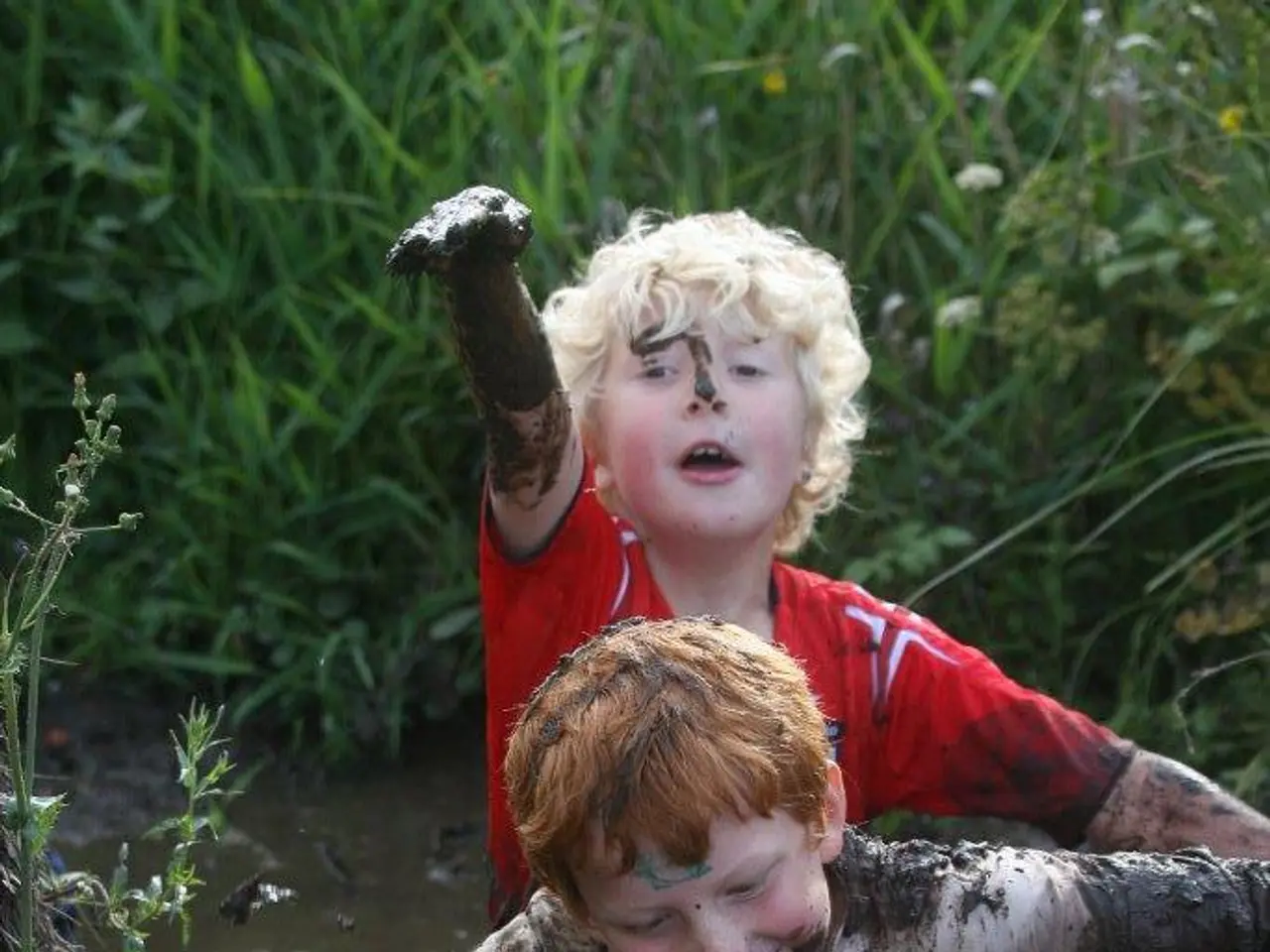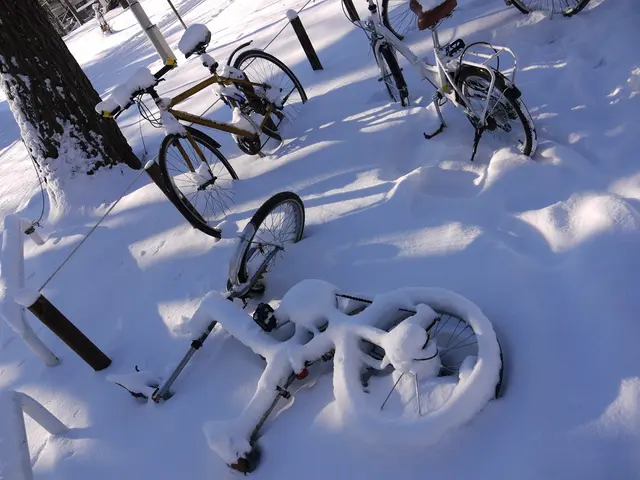Direct children on a journey through the thunderous world of Earth's most intense weather events in science class
Discover the fascinating world of weather with our company In Context: Elementary, an educational platform designed to make complex topics accessible for K-5 learners.
In a captivating classroom activity, students can design Community Preparedness Plans for extreme weather scenarios. This engaging exercise focuses on early warnings, preparation actions, and recovery steps, providing a hands-on approach to understanding the importance of weather awareness.
Teachers can utilize this opportunity to delve into weather topics, offering age-appropriate content that supports all learners. Each page is equipped with built-in tools like adjustable reading levels, text-to-speech, and translation, ensuring every student can participate effectively.
Our company In Context: Elementary offers a wealth of weather-related resources, including pages on hurricanes, droughts, floods, and more. These pages are filled with articles, photographs, videos, and audio clips, designed to engage young minds and stimulate learning.
Hurricanes, for instance, begin as thunderstorms over warm ocean water and can travel westward, gathering strength and merging into a hurricane. Meteorologists rate their strength using the Saffir-Simpson Hurricane Wind Scale, which measures sustained wind speed. The center of a hurricane contains the eye, a calm, often cloudless space surrounded by the eye wall, where winds and rain are most intense.
Tornadoes, on the other hand, begin inside powerful thunderstorms when warm and moist air clashes with cool and dry air, causing the atmosphere to become unstable. Tornadoes appear most often in a region known as Tornado Alley, which runs from northern Texas through Oklahoma and Kansas, into Nebraska, and as far north as South Dakota. Meteorologists rate tornado strength using the Enhanced Fujita (EF) Scale, which estimates wind speed by examining the type and severity of damage left behind.
Droughts occur when an area goes without its usual rain or snow for an extended time, causing water supplies to shrink. Scientists track droughts by comparing current rainfall to what's normal for a location, using tools like the Palmer Drought Severity Index and the Standardized Precipitation Index. The Dust Bowl of the 1930s, one of the most devastating droughts in US history, contributed to the Great Depression.
Floods can be grouped by where they occur and what causes them, including river floods, coastal floods, urban floods, and flash floods. Flooding happens when water moves into places that are usually dry, sometimes quickly causing flash flooding. Sensors in high-risk areas trigger real-time alerts when water reaches certain depths.
Recent events, such as Pakistan's devastating river flood in August 2022, which forced millions from their homes and left large stretches of farmland unusable, highlight the impact of extreme weather events. Understanding these phenomena is crucial for preparing and responding effectively.
In the realm of weather science, there's always something new to discover. With our company In Context: Elementary, students can embark on an exciting journey, learning about hurricanes, tornadoes, droughts, and more, in a fun and engaging way.
Read also:
- Setting Up and Expanding Operations at a Soil Blending Facility
- Regional University's healthcare system strengthened through collaborative partnership with Chancellor Dr Fiona Hill
- Reminisced University Trustee David M. Flaum as a 'fervent advocate' for the University and community
- Creating Snack Options for Toddlers that Encourage Nutritional Balance








